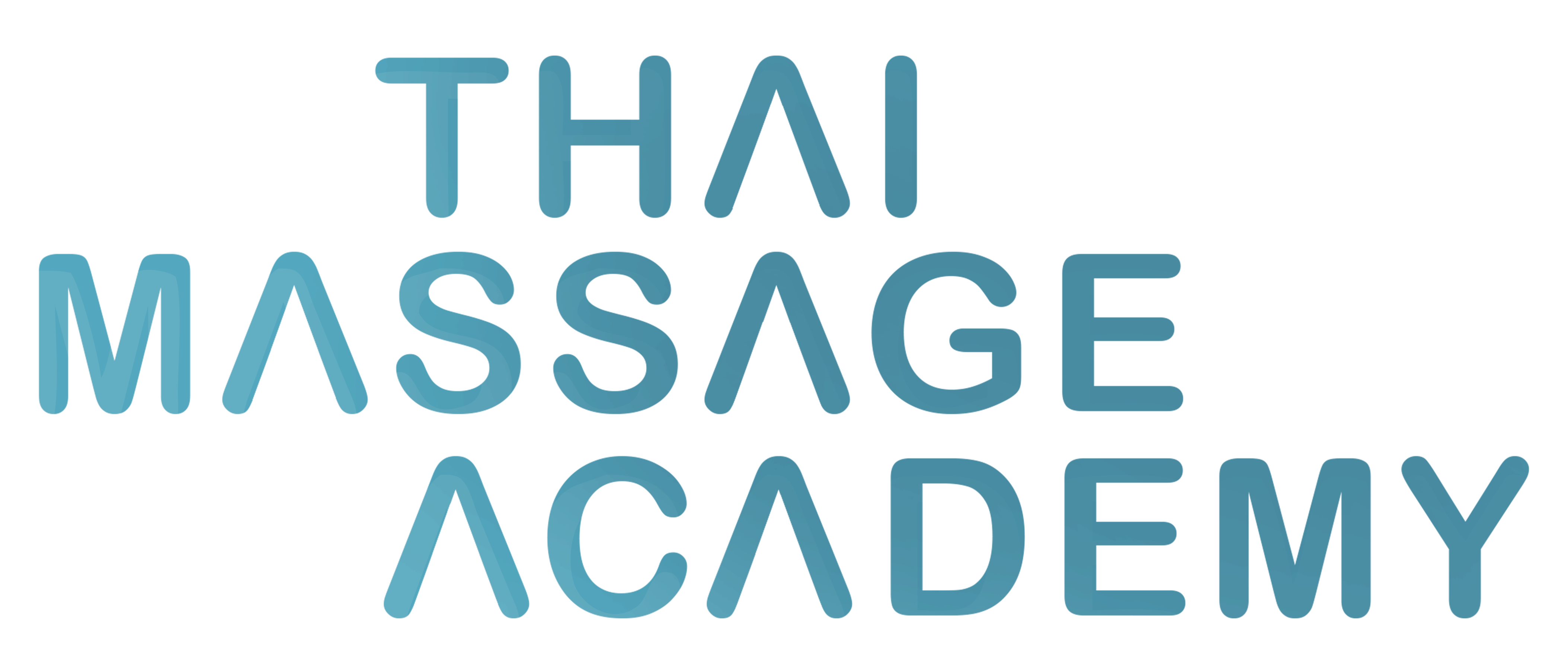THE PRIMARY RESPIRATORY MECHANISM
The study, evaluation and clinical application of the primary
respiratory mechanism is specific to the manual practice of
osteopathy. Discovered by William Garner Sutherland in the
early 1900’s, described in Harold Magoun’s book Osteopathy in
the Cranial Field, researched by Viola Frymann, John Upledger,
Roger Robitaille, D.O., and many others, the PRM is a diagnostic
and therapeutic tool for osteopathic practitioners in the treatment
of patients.

According to Drs. Sutherland, “The primary respiratory
mechanism is an inherent rhythm of the brain and central nervous
system, characterised by motion, which is transmitted by the cerebrospinal fluid and dural
membranes of the cranium to the bones of the skull and throughout the body.”
The rhythm of the PRM is 8-12 cycles per minute, which is constant and independent of
the heartbeat and thoracic respiration. It is primary because it is essential in controlling all
physiological mechanisms and it exists very early in fetal life. It is respiratory because it
plays an active role in all exchanges at the cellular level of the organism. It is a mechanism
because it includes all the intra-articular structures, the arterial, venous and ventricular
systems of the cranium, and the dural membranes which extend to the sacrum. It governs
all functions of the organism and influences all systems (muscle, nervous, respiratory,
endocrine, vascular, lymphatic, etc.)
The PRM, according to Phillip Druelle, D.O., is the witness of the individual’s vitality and
potential. It assesses the state of health of the individual.
The anatomical components of the PRM include:
- the inherent motility of the brain and spinal cord
- the fluctuation of cerebrospinal fluid
- the mobility of the intracranial and intra-spinal membranes
- the mobility of the cranial bones
- the involuntary motion of the sacrum and iliac
- all the fasciae in the body
Therefore, the PRM, consistent with osteopathic concepts, is an important element in the
functional unit. The mobility quantitatively and qualitatively of PRM governs the function
of the organism. The flow of CSF, the influence on the vascular and lymphatic systems is
primary to health. As an inherent mechanism, the PRM is the source of the individual’s
auto-regulation and capacity to heal. PRIMARY RESPIRATORY MECHANISM (PRM)



